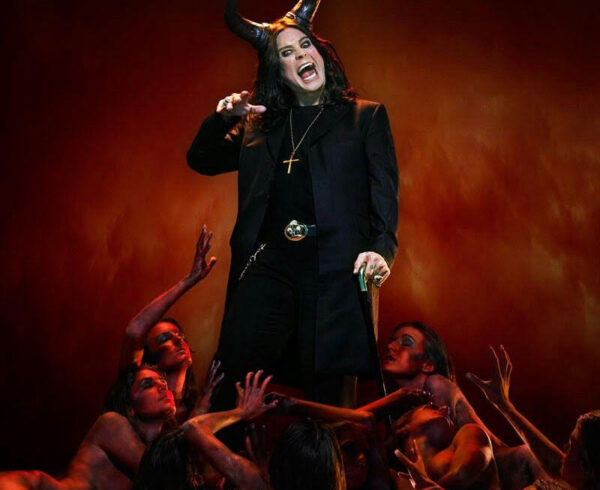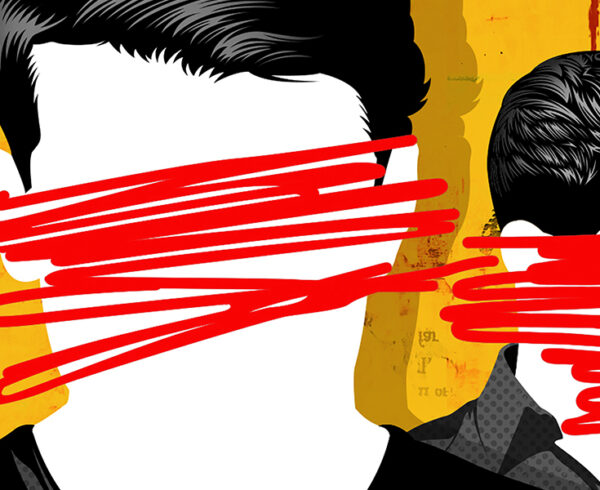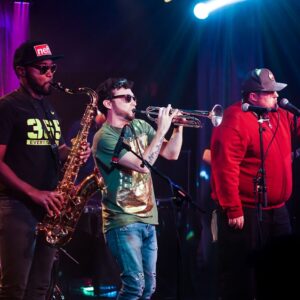Culture change requires three things and millennials are poised to maximize them. The dynamics of cultural change are more like football than golf. Golf is a solitary sport where the individual is expected to be proficient in the woods, irons, wedges, and putters. Football in contrast is a brutally choreographed dance involving men of different sizes and skills working in total concert for a common goal. Cultural change requires dense networks, social location, and collective curation.
Historian and scriptwriters often highlight the extraordinary individual, the genius, or the charismatic leader. However catalytic these individuals may be for the success of an enterprise, it is the “dense network” rather than the individual who is the main actor on the stage of cultural change. Overlapping and purposeful relationships are central to creating significant change.[1] This fact highlights the rising importance of collaborative leaders in contrast to imperial leaders.[2] These networks, whether formal or informal, are key to developing cultural change.
This is seen most clearly in the historic example of the abolition of slavery in England. The singular effort of parliamentarian William Wilberforce is often given front billing.[3] Yet it was the loose collection of friends many of whom lived in the Clapham village that mobilized the abolition fight. This group of friends came to be known as the Clapham Circle. This group was comprised of politicians, business executives, religious clergy, social activists, and literary figures. It was more than a gated community like The Bear’s Club in Jupiter, Florida. It was an informal colony of friends who shared a common religious progressive spirit and pledged together to make the world a better place. It was more than a debating society, as they were collectively prepared to put their money, time, and reputations behind ideas that had potential to change the world.[4]
It is worth noting that the most prominent members of the Chapham Circle were the age of contemporary millennials. When William Wilberforce joined in 1786, he was 26 as was Charles Simeon. Henry Thornton, Wilberforce’s BFF, was a year yonger. Young people are generally those most open to innovative frame shifts. They are the early adopters with strong social networks. New Copernicans will be those who lead in significant social change and reform. They are those who are leading in the new post-Enlightenment and post-secular ethos.
Some dense networks are automatically created by social circumstances. This is true of the Jewish community who, while representing only 3.5% of the U.S. population, exert significant cultural influence disproportionate to their numbers in literature, art, science, medicine, entertainment, and technology. The same can be said of gays, who galvanized as a community in the face of the AIDS epidemic in the 1980s.[5]
Movement experts have identified six kinds of people who make these dense networks most effective: Builders–bring order and structure, Innovators–tinker with existing systems, Curators–find and collect the best of what’s being created, Connectors–know others’ needs and abilities, and join them together, and Sharers–listen and communicate in high volume, and Storytellers–motivate and unify with observation-based narrative.[6] Like a football team, when a dense network has these six kinds of players in place all committed to a common purpose, the ball is moved.
For cultural change to be effective, the participants of the dense network need to be a part of center institutions or influential organizations.[7] There is a tacit hierarchy of influence related to the degree of economic, social, cultural, and symbolic capital any particular institution or organization contains. This fact is seen in the hiring practices of elite law firms. It is also witnessed by the relational networking value of club memberships and leadership forums such as the Aspen Institute’s Ideas Festival, The Nantucket Project, Milken Global Summit, and Davos Economic Forum. These are often informal gatherings of C-level leadership of center institutions where significant relationships can be established that can be later leveraged for common purpose. Groundbreaking cultural change often happens at the periphery of the center rather than at the center itself. Center institutions often have too much at stake to be truly innovative, as Harvard’s Clayton Christensen has found.[8]
Finally, a shared vision must be clearly articulated often by storytelling cultural creatives. It is not enough to have tight relationships; one also needs a coherent collective vision.[9] This is equally true of organizational culture as well as society as a whole. London School of Economics professors Rob Goffee and Gareth Jones argue, “Culture is about sustainability.”[10] Virtually every force in business today is pushing companies toward disintegration, towards organizational erosion that leads to failure over time. One needs both high sociality and high solidarity. Without input organizations will drift toward fragmentation. An effective communal organization requires leadership to overcome this entropy. “Communal cultures involve high levels of intimacy, respect, and kindness among their members—that’s the sociability part—but their high solidarity also requires members to put the organization’s goals first, even when it means shutting down debate or eliminating poor performance.”[11]
Gays in the 1990s effectively organized a common campaign to overcome widespread homophobia. They did this in the face of the added fear caused by the epidemic of AIDS. Writes one gay activist then, “Public recognition of the formerly invisible gay community has finally come, but in an atmosphere of dread.”[12] In February 1988, a “war conference” of 175 leading gay activists, convened in Warrenton, Virginia to establish “a nation-wide media campaign to promote a positive image of gays and lesbians” in American life. Rather than directly challenging the cultural homophobia, they embarked on telling a different story.[13] This was launched during the high point of the Reagan presidency. The strategy of mainstreaming the gay experience was highly controversial among combative gay activists. But gay solidarity prevailed and the public attitudes about homosexuality completely reversed in the intervening twenty years. This is the back-story to Obergefell v. Hodges, which on June 26, 2015 the Supreme Court ruled that gay marriage is a constitutional right.
Cultural change is not a simple or totally controllable process. This much is clear. The main actor is the dense network where multiple skills and competencies are joined relationally. Second, the dense network needs to be made up of those who are a part of center institutions or organizations. And finally, this relational collective needs to be organized to achieve a common purpose most often by telling a better story that engages the imagination. Cultural change like football is a team sport.
John Seel’s new book, The New Copernicans: Millennials and the Survival of the Church, is available starting January 16, 2018 at Amazon: https://www.amazon.com/New-Copernicans-Millennials-Survival-Church/dp/0718098870/.
[1] “The key in history is not the individual genius but rather the network and the new institutions that are created out of those networks. And the more ‘dense’ the network—that is, the more active and interactive the network—the more influential it could be.” Hunter, James Davison, To Change the World (Oxford, 2010), p. 38 and Randall Collins, The Sociology of Philosophies: A Global Theory of Intellectual Change (Harvard, 1998).
[2] Burnham, David, “Inside the Mind of a World-Class Leader” and “Superior Leaders Today,” http://www.burnhamrosen.com/readmore.html.
[3] Metaxas, Eric, Amazing Grace: William Wilberforce and the Heroic Campaign to End Slavery (HarperSanFrancisco, 2007).
[4] Hague, William, William Wilberforce: The Life of the Great Anti-Slave Trade Campaigner (Harcourt, 2007) and Kevin Belmonte, Hero for Humanity: A Biography of William Wilberforce (NavPress, 2002), p. 179.
[5] Hunter, p. 20-21.
[6] Castro, Cesar, “Understanding Shared Purpose: How You Can Use It to Create Engaged Communities,” https://www.salesforce.com/blog/2017/02/create-engaged-communities/.
[7] Hunter, p. 36, 42.
[8] Christensen, Clayton, The Innovator’s Dilemma (Harvard Business Review Press, 2016).
[9] Hunter, James Davison, “Religion, Knowledge, and Power in the Modern Age,” unpublished manuscript, “In sum, the power of culture is not measured by the size of a cultural organization or by the quantity of its output but by the extent to which a definition of reality is realized in the social world—taken seriously and acted upon by actors in the social world,” p. 18.
[10] Goffee, Rob and Gareth Jones, The Character of a Corporation (Harper Business, 1998), p. 15.
[11] Ibid. 37.
[12] Kirk, Marshall and Hunter Madsen, After the Ball: How America Will Conquer Its Fear & Hatred of Gays in the 90’s (Penquin, 1990), p. xxvii.
[13] Ibid. 163.














